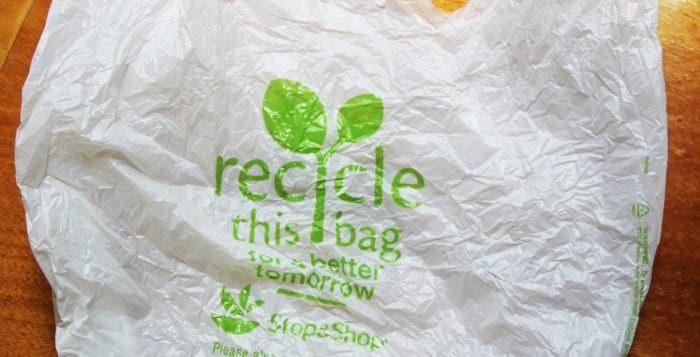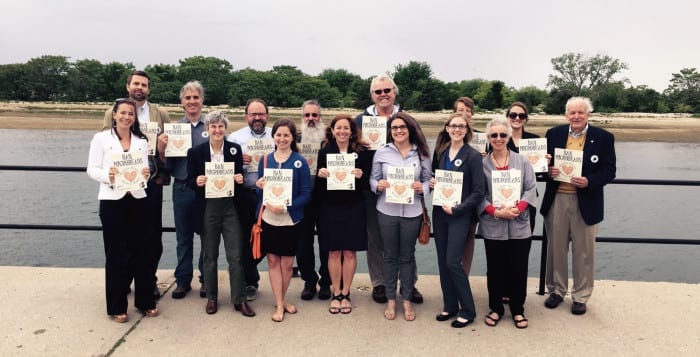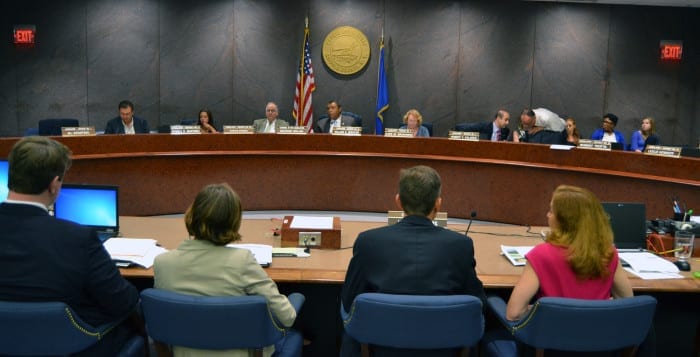The plan to reduce the use of plastic bags in Suffolk County has been modified with a 5-cent tax on plastic bags, replacing an original proposal for an all out ban.
County Legislator William “Doc” Spencer (C-Centerport) updated a bill he submitted in March to reduce the use of plastic bags in retail sales after he saw how other areas found success with a small tax.
“My focus all along has been to improve the environment and reduce waste,” —William Spencer
“My focus all along has been to improve the environment and reduce waste,” Spencer said in an email. “The decision to change course involved multiple factors, most importantly evidence from various municipalities with similar legislation that has proven to be effective.”
The new version would charge 5 cents per bag used by any customer, and all fees collected would be retained by the store. There would be no fee for customers who bring in their own bags, and a store cannot discourage them from doing so, the proposed law states.
A spokeswoman from Spencer’s office said the legislator looked to Washington D.C. as an example of a successful implementation of a 5-cent fee.
The Anacostia River Clean Up and Protection Act went into effect in January 2010, and it requires all businesses that sell food or alcohol to charge a nickel for each disposable paper or plastic carryout bag. The bill was the first of its kind in the United States, and in a 2013 study of the law, researchers found that both residents and businesses reported a significant reduction in disposable bag use and a majority of residents and businesses supported the bag fee. In addition, both residents and businesses said they saw fewer plastic bags littering the area.
The study found that residents estimated a 60 percent decrease in household bag use, moving from 10 disposable bags per week before the law to four bags per week in 2013. Seventy-nine percent of residents reported carrying reusable bags when shopping and 74 percent of businesses saw an increase in customers bringing their own bags. And, perhaps most important for residents who are still wary of the tax, the study reported 8 percent of businesses and 16 percent of residents felt bothered by the law.
Spencer said this law is an important step in protecting the environment.

“This is an opportunity to secure a win for the environment because it will form a consensus of necessary support among the legislature and key stakeholders,” he said.
The Citizens Campaign for the Environment said there is more plastic in the oceans than plankton, with 46,000 pieces of plastic in every square mile. Many marine animals are choked and strangled by these bags, or die consuming them. The CCE said plastic pollution negatively impacts 267 species of marine life.
Spencer said he intends to keep a close look on the progression of the bill, and that if a tax doesn’t reduce the use of plastic bags enough, he will reconsider an outright ban.
“We are moving in a positive direction, and I intend to look closely at bag usage, before and after implementation, to ensure it’s effective,” he said. “If it is not having a significant impact, I have every intention of working to strengthen the policy including revisiting the ban.”







